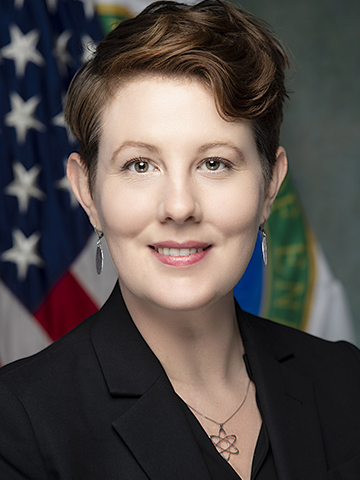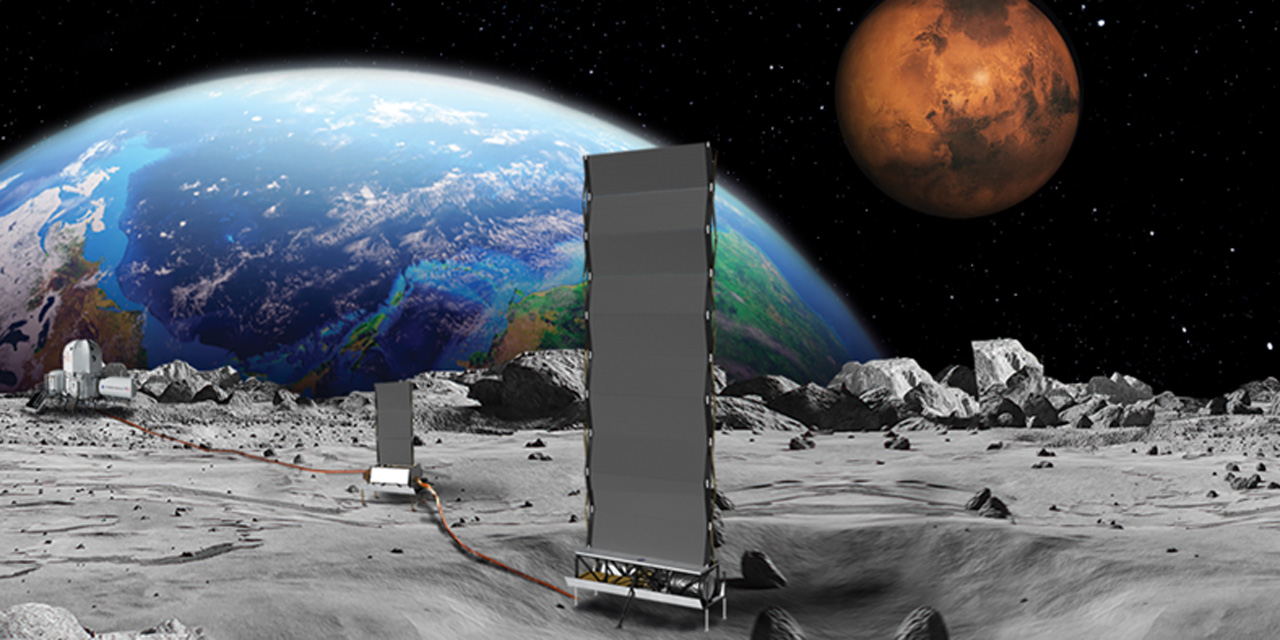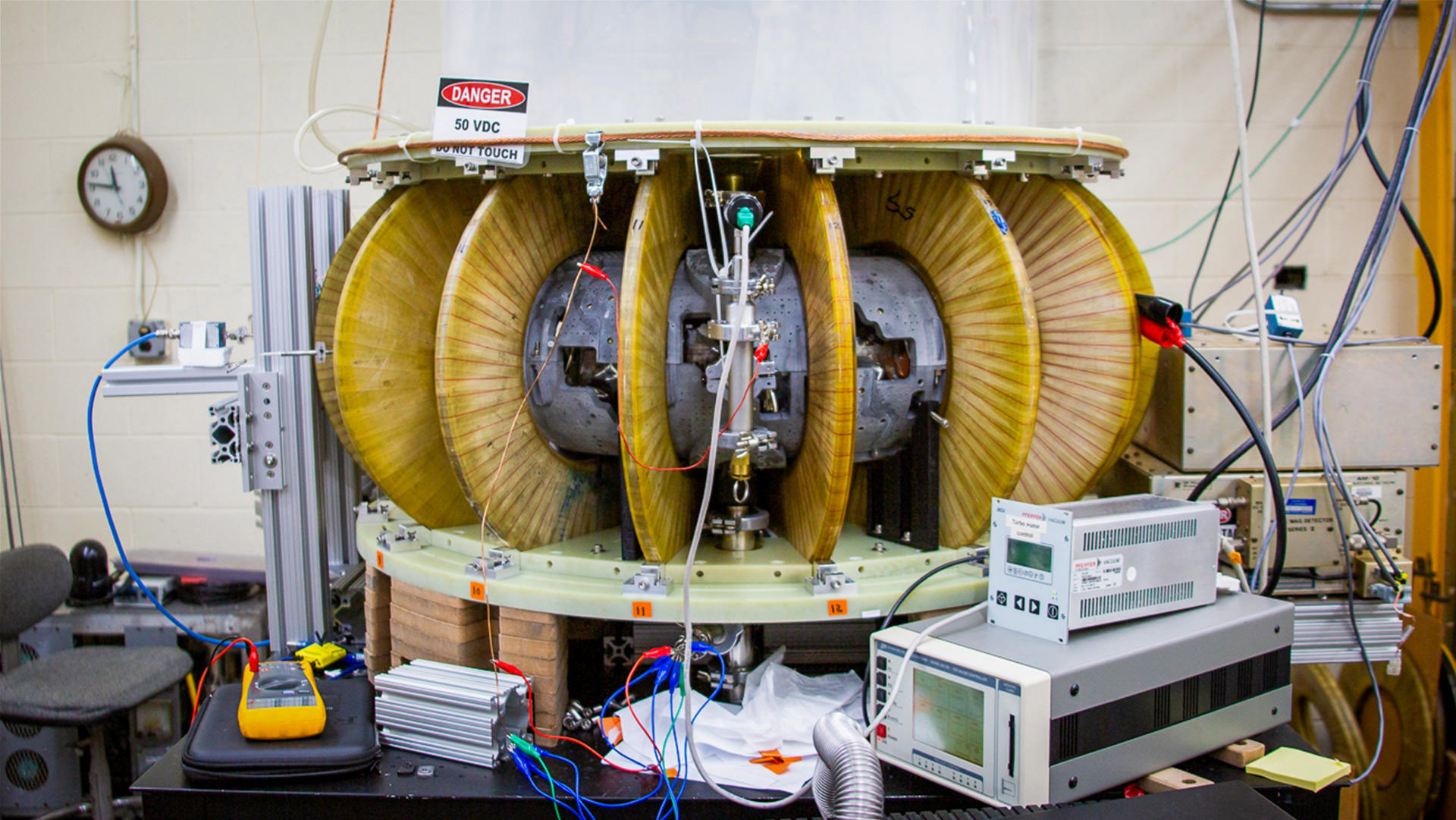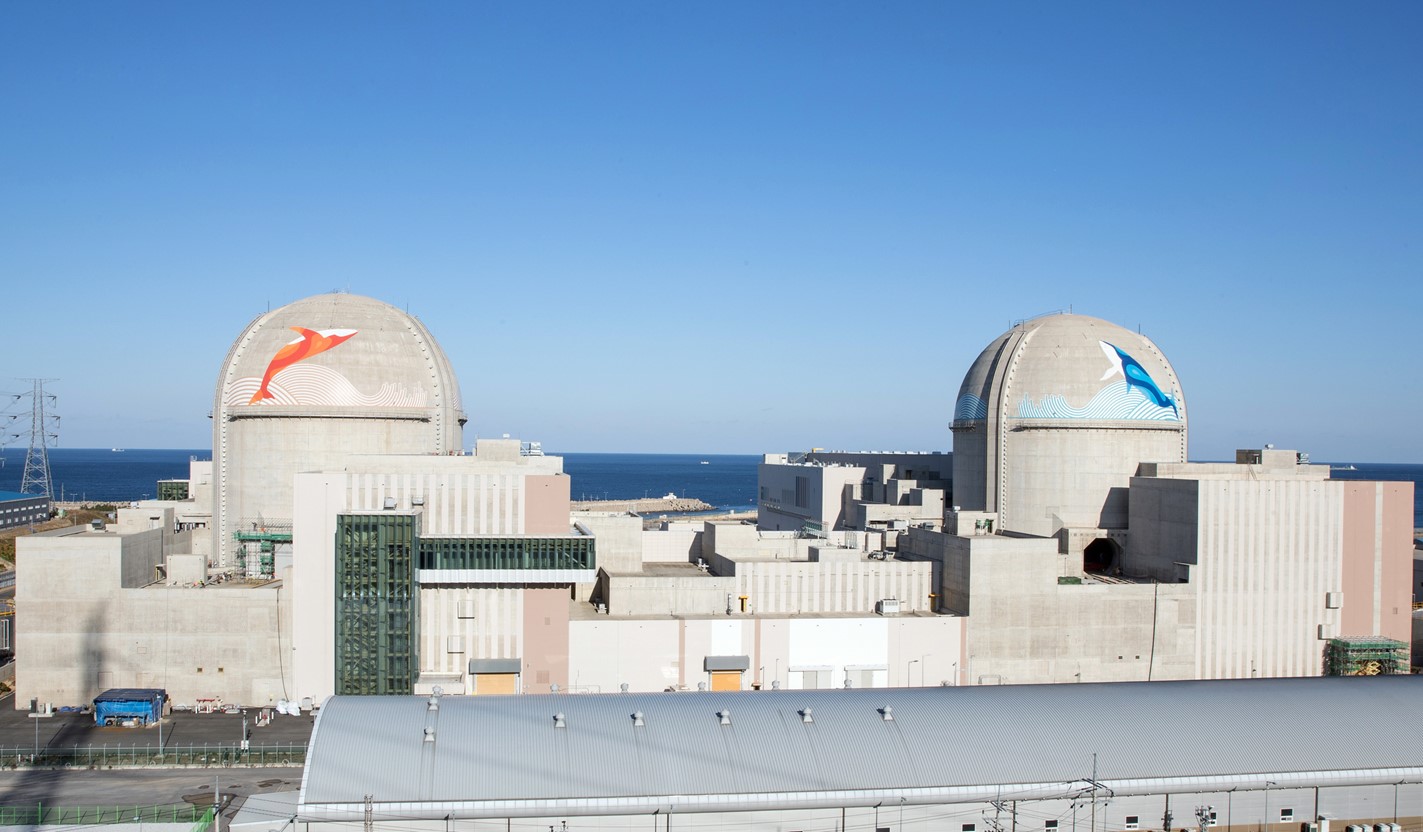Fangchenggang nuclear power plant in Guangxi. (Photo: CGN)
China’s second demonstration reactor—Fangchenggang Unit 4—connected to the grid on April 9, China General Nuclear Power Group has announced. Located in the autonomous region of Guangxi, the reactor achieved first criticality April 3.
Methane emissions from cows are surprisingly important as a greenhouse gas. (Photo: Martin Abegglen)
In discussing how to counter global warming, it’s pretty easy to argue that nuclear should be the major electricity source and heat producer to replace fossil fuels. At 6 grams per kilowatt-hour, it has the lowest carbon emissions of any energy source, according to the United Nations, and is objectively the safest form of energy for humans and the environment alike, again from a recent UN report.
The NS Savannah. (Photo: NS Savannah Association)
The Nuclear Regulatory Commission will hold a public meeting on May 8 to discuss the license termination process for the retired nuclear-powered merchant ship, the NS Savannah. During the meeting, NRC staff will discuss the license termination process and receive public comments on the remaining cleanup activities described in the license termination plan for the historic ship, which may see a second life as a floating museum.
ANEEL fuel experiment capsules being staged at the ATR. (Photo: Clean Core)
Clean Core Thorium Energy (Clean Core) has announced that its ANEEL fuel is ready to begin irradiation testing and qualification at Idaho National Laboratory. The fuel, made of thorium and HALEU, was developed by Clean Core for use in pressurized heavy water reactors, including CANDU (Canadian deuterium-uranium) reactors. Irradiation of the fuel samples in INL’s Advanced Test Reactor (ATR) is set to begin this month.
Virtual option available
Palisades nuclear power plant. (Photo: NRECA)
Nuclear Regulatory Commission staff will host a public information meeting on Wednesday, April 17, to discuss plans for repowering the shuttered Palisades nuclear plant in Michigan.
A rendering of the Natrium plant. (Image: Terrapower)
TerraPower’s application to build its Natrium nuclear power plant near Kemmerer, Wyo., is available for public viewing on the Nuclear Regulatory Commission website.
A concept image of NASA’s Fission Surface Power Project. (Image: NASA)
Imagine what our world would be like today without the benefits of electric energy. Think of the inventions and technologies that never would have been. Think of a world without power grids and the electricity that makes them run. Without this power, we’d find it difficult to maintain our industrial and manufacturing bases or enable advancements in the fields of medicine, communications, and computing.
Now consider the moon, our closest celestial neighbor about which we still know so little, waiting for modern-day explorers in spacesuits to unveil its secrets. Lunar exploration and a future lunar economy require reliable, long-lasting, clean sources of power. Nuclear fission answers that call. When assessing the application of nuclear power in space, three Ps should be considered: the present, the potential, and the partnerships.
A model of the Akkuyu nuclear power plant in Mersin, Turkey. (Image: VOA)
The first unit at Akkuyu, Turkey’s first nuclear power plant, has begun the commissioning process. The goal is that the plant will begin supplying energy to the nation next year, according to Rosatom, Russia’s state atomic energy corporation.
MUSE, the first stellarator to use permanent magnets. (Photo: Michael Livingston/PPPL Communications)
Researchers at the Department of Energy’s Princeton Plasma Physics Laboratory are using a stellarator they designed and built using permanent rare-earth magnets and a 3D-printed shell to help test new fusion power concepts. MUSE—the first stellarator built at PPPL in 50 years—took one year to construct and generated its first plasma in February 2023. The work that went into its design has already inspired a stellarator power plant concept being developed by a commercial spin-off, Thea Energy.
Concept art of Oklo's Aurora Powerhouse in use. (Source: Oklo)
Next-generation reactor company Oklo Inc. is teaming up with Diamondback Energy Inc. to bring Oklo’s Aurora Powerhouse units to the American Southwest.
The companies signed a nonbinding letter of intent (LOI) this week to collaborate on a 20-year power purchase agreement that would provide 50 MW of electricity per unit to Diamondback’s Permian Basin operations area. The agreement lays out options to renew and extend the agreement for an additional 20-year term, since the units are designed to operate for 40 years without needing to refuel. Diamondback is an independent oil and gas company headquartered in Texas.
South Korea’s Shin-Hanul-2 is on the right, with Unit 1 to the left. (Photo: KHNP)
Unit 2 of South Korea’s Shin-Hanul nuclear power plant entered commercial operation on April 5, Korea Hydro & Nuclear Power announced. It is the nation’s 26th operating reactor, which continues the upward nuclear trend as South Korea reverses a previous phase-out plan for nuclear.
Left: A technician inserts a steel tube containing fuel into the SNAP-10A reactor core vessel. (Photo: DOE) Right: A cross-section view of the reactor. (Image: DOE)
Systems for Nuclear Auxiliary Power (SNAP) was an Atomic Energy Commission program with the goal of producing a portable and dependable power source centered around nuclear technology that could be utilized in land, sea, and space applications. The program aimed to provide a compact reactor—a necessity for space applications—and ran from 1955 until 1973, when it was discontinued.
In Curaçao, IAEA experts built national capacity through demonstrations, including practicing removing the Ra-226 source from the container, characterizing it, and placing it into a stainless-steel capsule. (Photo: IAEA)
Once used for applications in medicine, industry, and research, many countries now have legacy radium-226 sources, according to the International Atomic Energy Agency. With the support of the IAEA’s technical cooperation program, these disused sealed radioactive sources are being recovered, and countries are improving national capacities for their long-term management, including their potential reuse and recycling.















